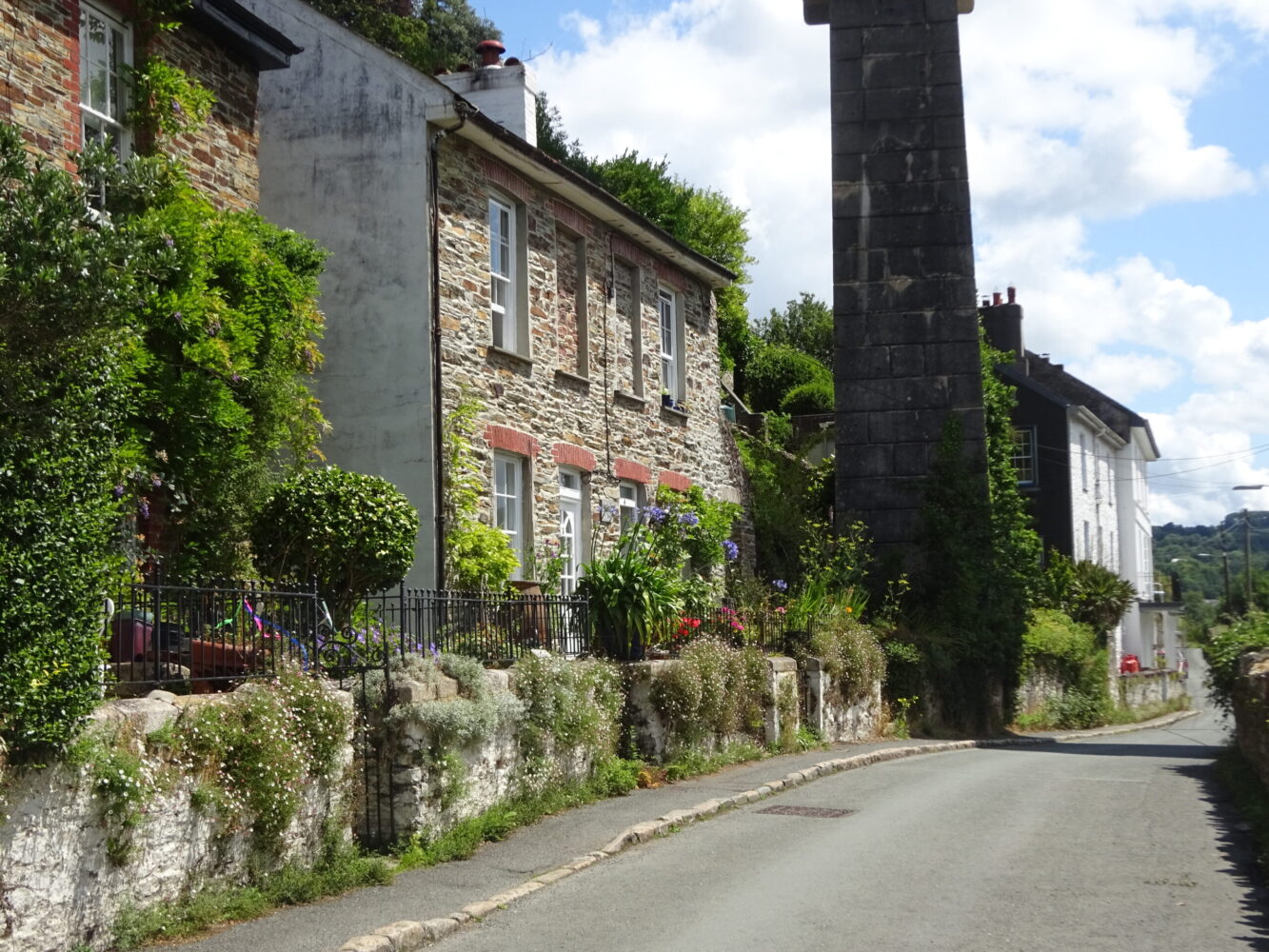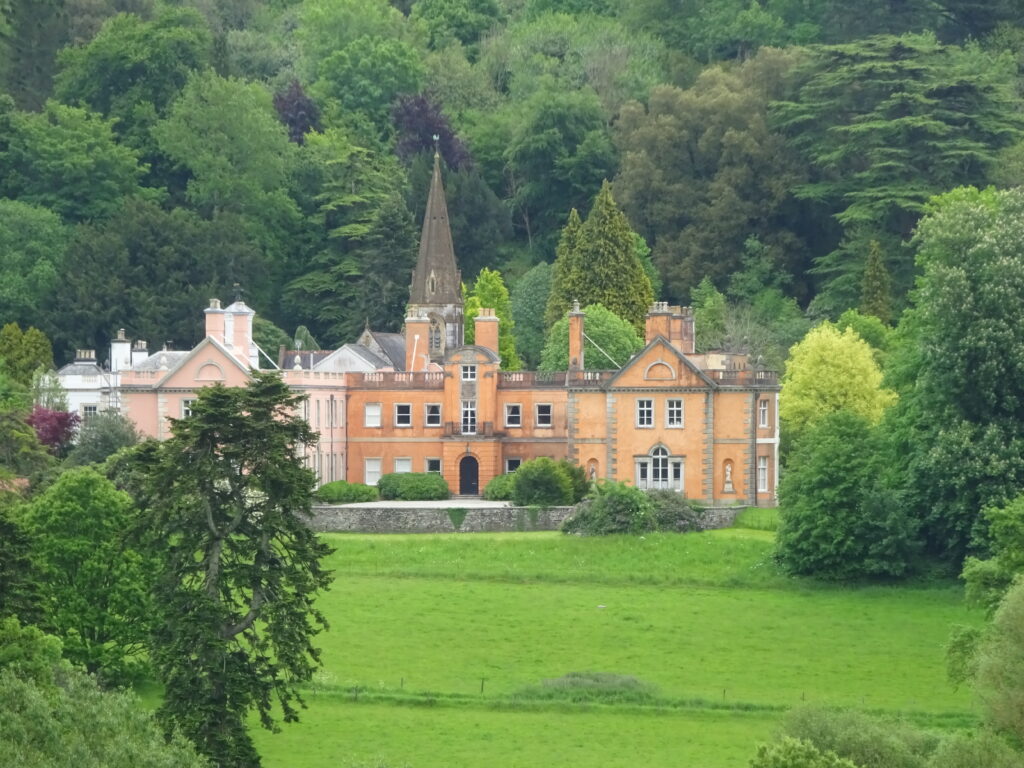A gentle exploration of the picturesque village of Bere Ferrers and the creek at Gnatham on the west bank of the Tavy estuary, with a there-and-back extension to Lopwell Dam.


The creation of this walking route has been led by the Tamara Landscape Partnership Scheme, a project run by the Tamar Valley National Landscape and funded by the National Lottery Heritage Fund.







Whether you’re an avid hiker eager for a week-long adventure tracing the Tamar River from sea to source or just looking for a short stroll to a cosy pub, there’s something for everyone.
Find out more about our marvellous landscape by visiting the Tamar Valley National Landscape’s website.



© Vist Tamar Valley 2024 | All Rights Reserved
